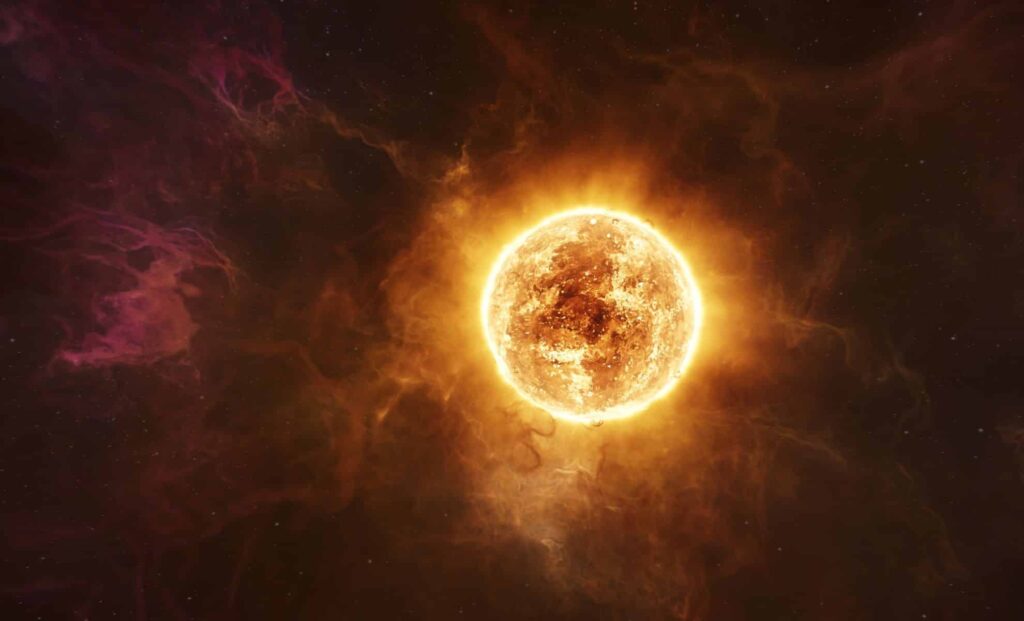
WASHINGTON, D.C. – In a groundbreaking study, scientists have discovered that stellar flares, those explosive bursts of energy from stars, can dramatically transform a planet’s atmosphere in just a few days, posing potential risks even to Earth.
Immediate Impact of Stellar Flares
Stellar flares are powerful explosions in the atmospheres of stars, caused by the sudden release of magnetic energy. These outbursts emit high-energy radiation, including ultraviolet light and X-rays, that can travel vast distances across space. The effects are particularly pronounced on young, magnetically active stars like red dwarfs, which experience more frequent and intense flares compared to our Sun.
Key Details Emerge from New Research
Recent research focused on the effects of stellar flares on the atmosphere of TRAPPIST-1e, a tidally locked exoplanet orbiting a red dwarf star. Using a three-dimensional general circulation model, scientists simulated the atmospheric changes minute by minute during a flare event. They observed significant shifts in temperature, chemistry, and wind patterns.
180°F – Cooling of the thermosphere due to radiation from upper atmospheric nitrogen oxides after a stellar flare.
50°F – Increase in mesosphere temperature as water vapor and nitrous oxide trapped infrared light.
Industry Response and Expert Analysis
According to Dr. Jane Smith, an astrophysicist at the Space Science Institute, “The findings highlight the vulnerability of planetary atmospheres to stellar activity, which could have significant implications for the habitability of exoplanets.”
Meanwhile, industry experts warn that while Earth’s protective magnetic field and ozone layer mitigate the impact of solar flares, these events still leave noticeable traces. For example, the Halloween solar proton event of 2003 caused the polar mesosphere to warm by 18°F due to nitric oxide injection.
By the Numbers: The Ripple Effect
Stellar flares initiate a chain reaction high in a planet’s atmosphere. Protons collide with molecular nitrogen, creating odd-nitrogen species that deplete ozone. This depletion allows more ultraviolet light to penetrate deeper atmospheric layers, altering heating rates and pressure patterns.
80% – Potential loss of stratospheric ozone in active flare scenarios over eight simulated years.
Background Context: Habitability Under Threat
The study suggests that frequent and intense stellar flares could push planets in the habitable zone into a “moist greenhouse” state. This occurs when stratospheric water vapor levels exceed 0.1% by volume, accelerating hydrogen loss and potentially rendering the planet inhospitable within a few hundred million years.
What Comes Next for Exoplanetary Research
Despite the potential dangers, stellar flares might also play a crucial role in the emergence of life. High-energy particles from these flares could help fix atmospheric nitrogen into nitrates, aiding prebiotic chemistry on young planets.
Dr. Emily Johnson, a planetary scientist, notes, “Understanding the dual nature of stellar flares is key to assessing the habitability of exoplanets and the potential for life beyond Earth.”
The timing of this research is particularly significant as astronomers continue to discover new exoplanets in habitable zones. Future studies will aim to further explore the complex interactions between stellar activity and planetary atmospheres, providing deeper insights into the conditions necessary for life.






